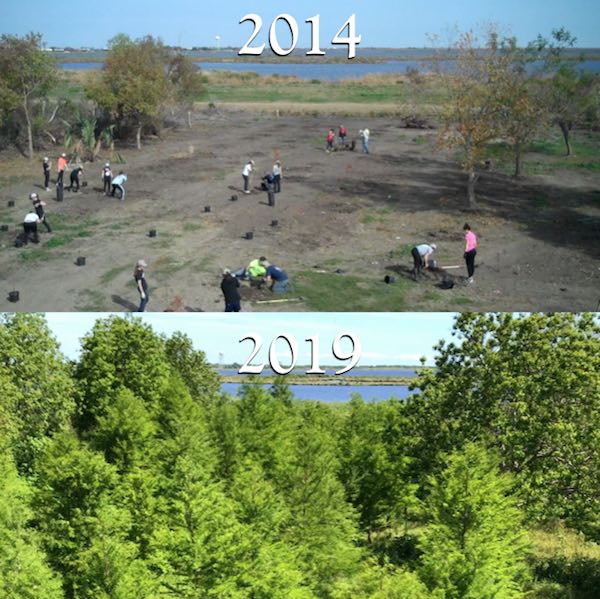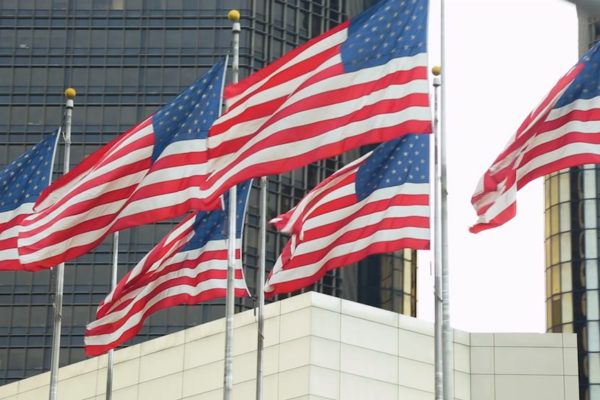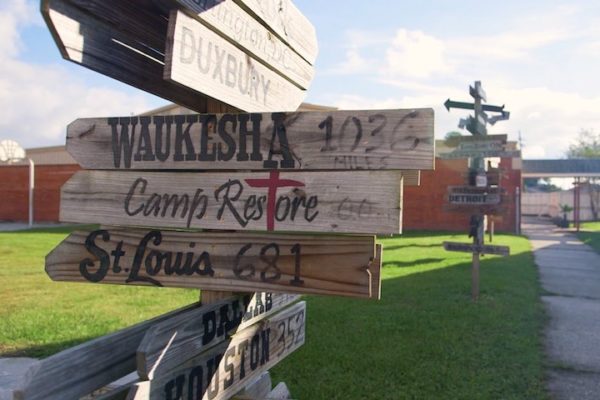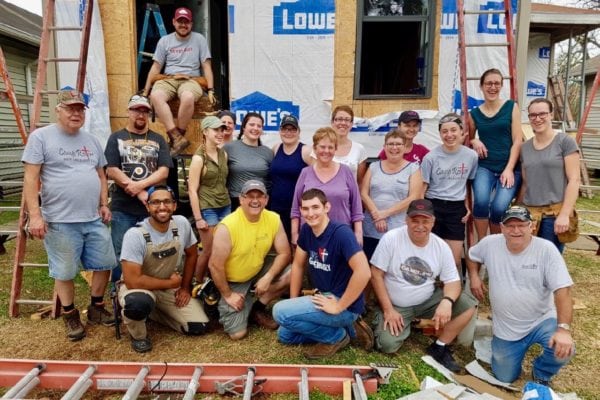Some volunteer projects have an immediate impact that can be seen, while others don’t seem like much at first but can grow to a big difference over time.
A great example of the latter is our tree-planting work in Southeast Louisiana with organizations like the St. Bernard Wetlands Foundation. Over the past decade, thousands of volunteers on mission trips or alternative break have embarked from Camp Restore – New Orleans to St. Bernard Parish and even as far as Delacroix Island to help rebuild the wetland cypress forests of Louisiana.
The work for our volunteers is generally broken down into two stages: potting saplings so they can grow taller and stronger before being planted, and then after a year or two, planting them in their final home in the wetlands. Then nature takes over and quite a lot can happen in a few years!

Our coastal forests are a key line of defense that not only helps protect inhabited areas from hurricane storm surge, but also provide great habitat for native animal species. And they’re pretty beautiful, too!
Dr. Richard Goyer, with the St. Bernard Wetlands Foundation, recently led us on a review of the progress at several planting sites. Watch here:
Most tree-planting activity takes place from the winter months through the springtime, which is great timing for students on alternative break trips!



